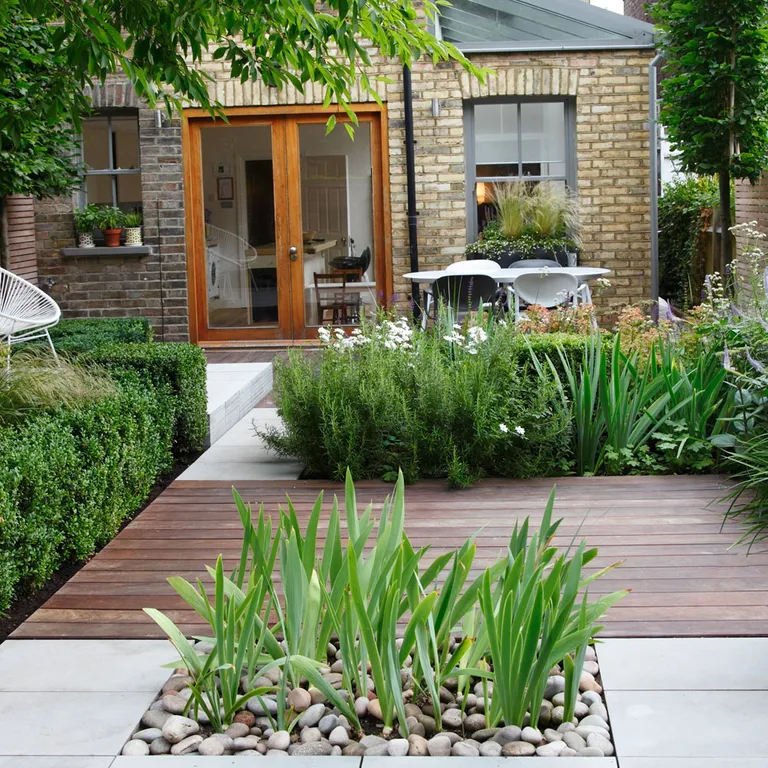
Designing Your Perfect Garden: Tips and Tricks for a Stunning and Sustainable Landscape
September 16, 2023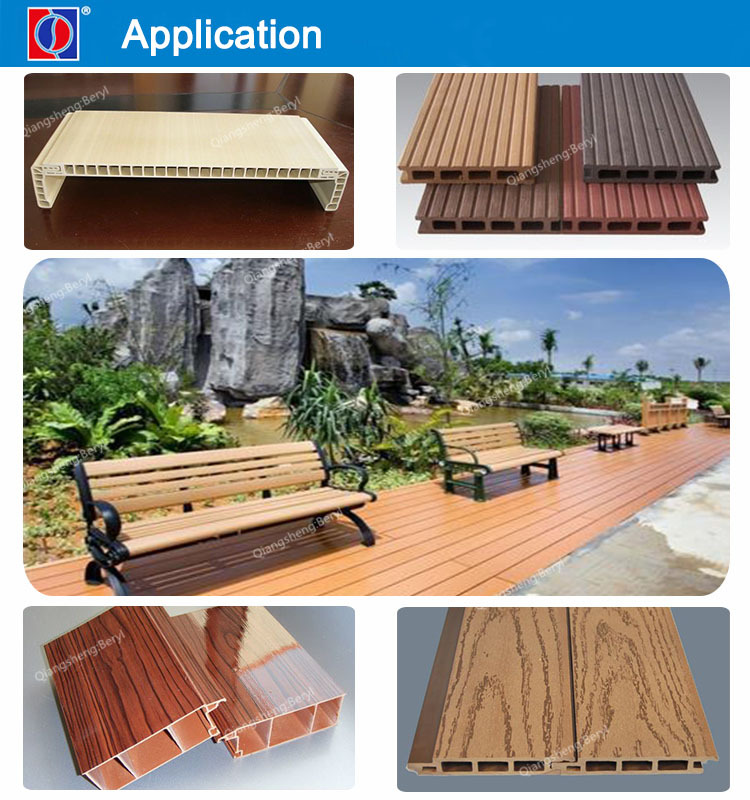
Why Modified Rice Straw/PP WPC Are the Ideal Choice for Outdoor Furniture?
October 3, 2023”
Let me tell you why I’ve become such a fan of non-slip composite decking – it’s like the superhero of outdoor flooring when safety matters most. Picture this: you’re hosting a backyard BBQ and someone spills their drink. With regular decking, that’s an accident waiting to happen. But here’s the kicker – while no decking can promise 100% slip-proof performance (wish they could!), understanding what makes some options safer than others is half the battle won.

Through trial and error (and yes, a few close calls), I’ve learned that surface texture makes all the difference. Those grooved patterns you see? They’re not just for looks – they actually work better than woodgrain finishes at keeping your footing secure. Funny enough, I discovered this the hard way when my sister’s pool deck turned into a slip-n-slide after rain. The solution? Switching to groove-textured boards made all the difference.
Here’s something most people don’t think about until it’s too late – mold resistance directly impacts safety. I once helped clean up a friend’s mildew-covered deck that had become dangerously slick. Now I always recommend checking if the decking material itself resists fungal growth, not just relying on surface texture.
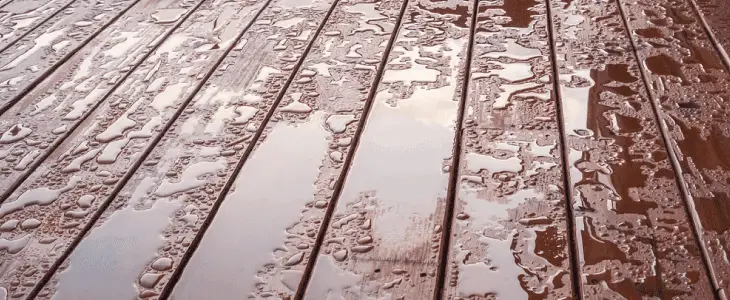
Want to hear a pro tip I learned from installers? How you lay the boards matters more than you’d think. Running them parallel to your main walking path creates natural traction channels. It’s like creating invisible safety rails underfoot! I tried this in my own side yard where we get heavy foot traffic, and the difference was noticeable even when wet.
Looking for specific recommendations? After testing various options, I keep coming back to textured grey composite boards – they’ve got that perfect balance of grip and style. Certain manufacturers really nail the combination of safety and aesthetics. Pro tip: Go for darker tones if you’re in rainy areas – they hide water spots better so people actually notice the slip-resistant texture!
When comparing surface finishes for composite decking, I’ve found the groove vs woodgrain debate particularly interesting. That textured groove pattern you see on many decks isn’t just for show – it actually gives better traction than smooth woodgrain surfaces. Picture those parallel ridges creating tiny friction points underfoot, kind of like tire treads for your deck. The folks at Plastory have some great visual comparisons showing how different finishes perform in wet conditions.
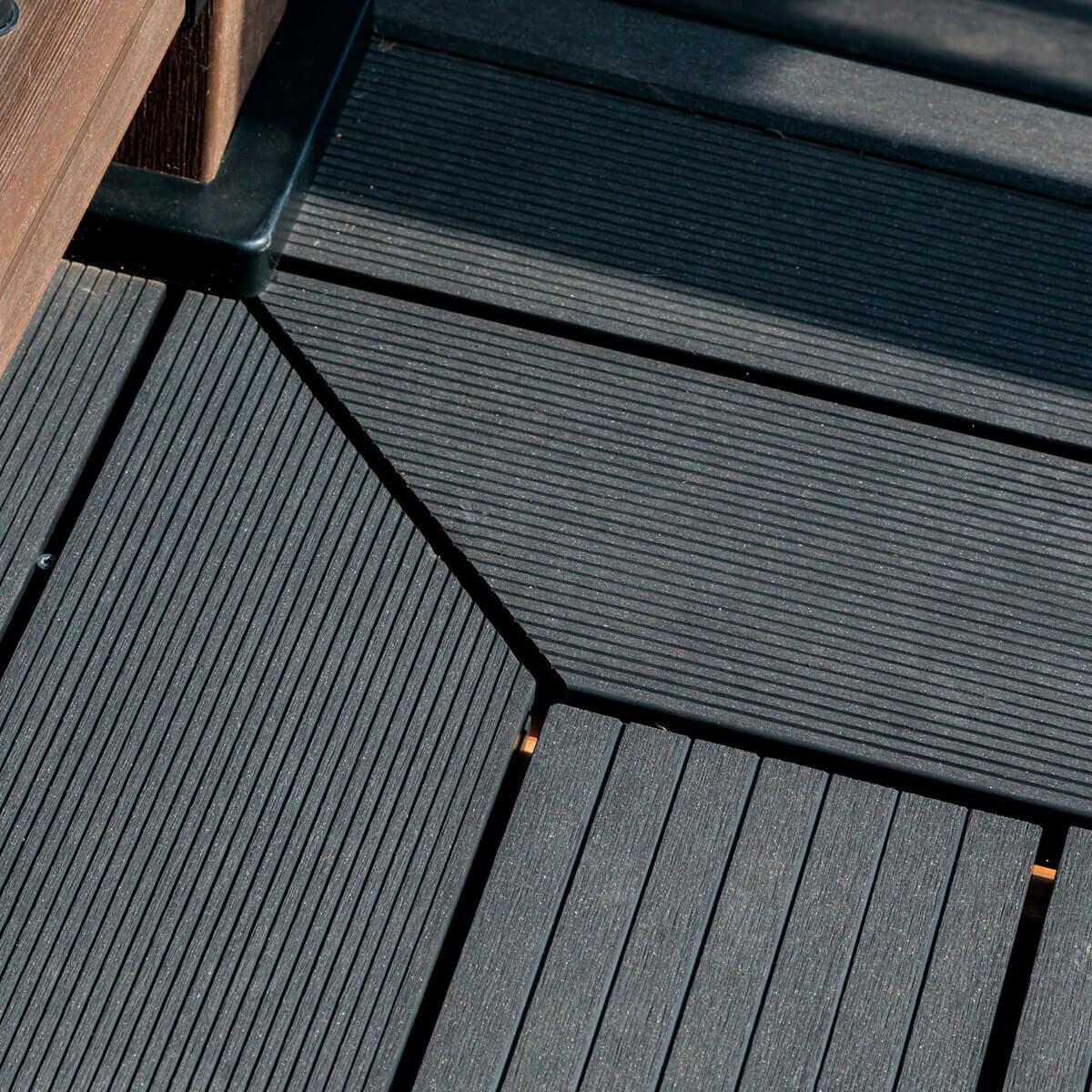
Here’s something that surprised me when researching – traditional composite boards often outperform their capped counterparts in slip resistance. Those protective caps that make cleaning easier? They can create a smoother surface that’s more slippery when wet. I’ve had clients ask why we don’t always recommend the ‘premium’ capped products, and this is exactly why – safety often trumps convenience in outdoor spaces.
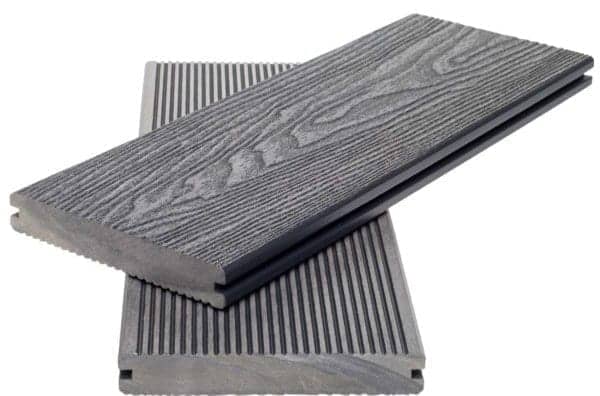
Does this mean woodgrain finishes are bad? Not at all! They work perfectly fine for dry areas or covered patios. But if you’re dealing with pool decks or rainy climates, those grooved textures could prevent more slips than you’d imagine. A contractor friend once told me he compares deck surfaces to shoe soles – you wouldn’t wear smooth dress shoes on a wet pier, would you?
Here’s something most homeowners don’t realize – that greenish gunk growing on your deck isn’t just ugly, it’s literally making your floor more dangerous to walk on! I learned this the hard way when my aunt took a tumble on her mildew-covered deck last monsoon season. Turns out, the mold resistance of WPC decking plays a bigger role in slip prevention than we think.
When moisture-loving microorganisms like mold and mildew set up camp in your decking material ( ), they create a slippery biofilm that’s more treacherous than black ice. I’ve seen decks transform into veritable Slip ‘N Slides within months of installation because manufacturers cut corners on antimicrobial protection.
), they create a slippery biofilm that’s more treacherous than black ice. I’ve seen decks transform into veritable Slip ‘N Slides within months of installation because manufacturers cut corners on antimicrobial protection.
That’s why I always recommend checking if the composite material itself has built-in mold fighters – not just surface treatments. True story: A client’s pool deck maintained its grippy texture through three rainy seasons because we used full-profile anti-slip composite boards with microban protection throughout the material matrix. The difference? Like comparing hockey pucks to basketball sneakers!
Want a pro tip? Look for boards that combine textured surfaces ( ) with through-body mold resistance. These bad boys maintain their slip resistance not just when new, but years down the line. Remember – a deck that stays cleaner inherently stays safer. Who knew fighting fungi could be part of slip prevention?
) with through-body mold resistance. These bad boys maintain their slip resistance not just when new, but years down the line. Remember – a deck that stays cleaner inherently stays safer. Who knew fighting fungi could be part of slip prevention?
When installing WPC decking, here’s something most homeowners don’t consider – the direction of your boards can make or break your deck’s safety. From my experience helping clients with patio installations, aligning boards parallel to the main walking path creates natural traction grooves. Think of it like tire treads on a wet road – those subtle channels give rainwater somewhere to drain while creating texture underfoot.

I learned this the hard way when I installed my first deck perpendicular to the back door. After morning dew turned it into a Slip’N Slide, I had to redo the entire layout! Now I always suggest following the foot traffic flow – it’s like helping the deck ‘read’ people’s movement patterns. Pro tip: Watch where people naturally walk before installation day.
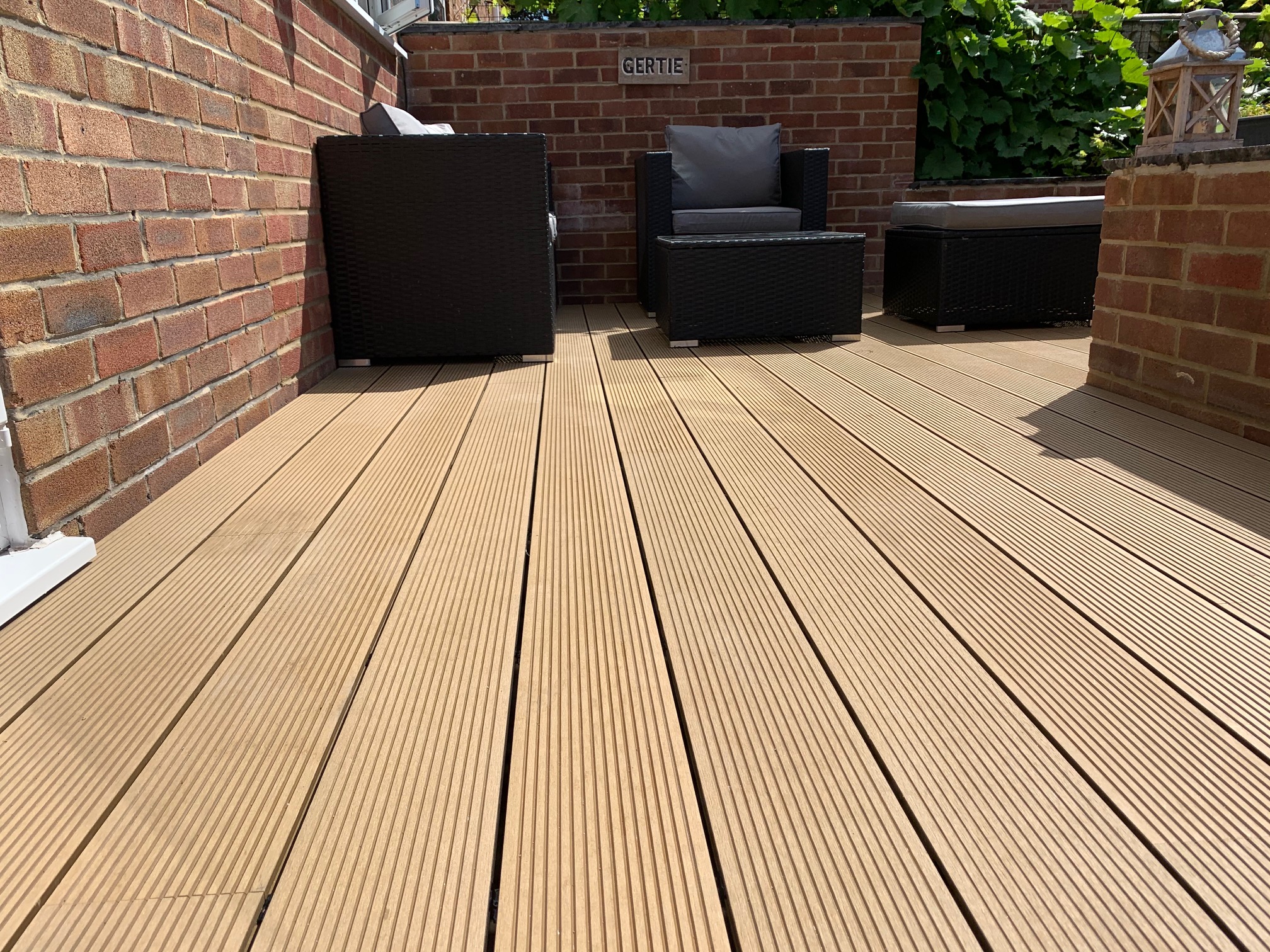
Ever notice how supermarket floors have subtle directional textures? The same principle applies here. When boards run lengthwise with your main pathway, those micro-grooves between planks act like mini speed bumps for shoes. It’s not just about the board surface – the installation pattern itself becomes part of your anti-slip strategy. As one client told me after reorienting her poolside deck: ‘It feels like the deck’s holding my feet instead of fighting them!’
When it comes to decking that can handle rainy days and rowdy kids, I’ve got some personal favorites worth shouting about. Let me share the non-slip heroes that have saved multiple clients from slippery disasters – including that one family whose golden retriever used to slide across their old deck like it was a waterpark!
The Solid Bullnose Composite Decking  has become my go-to for pool surrounds. That rounded edge isn’t just pretty – it’s practically toe-proof! Then there’s the Lightgrey Non-Slip option that’s perfect for coastal areas. I installed this at a beach house last summer, and even with constant sand tracking, the owners say it’s still gripper than a gecko’s feet.
has become my go-to for pool surrounds. That rounded edge isn’t just pretty – it’s practically toe-proof! Then there’s the Lightgrey Non-Slip option that’s perfect for coastal areas. I installed this at a beach house last summer, and even with constant sand tracking, the owners say it’s still gripper than a gecko’s feet.
Teak-lovers, rejoice! The Teak Non-Slip Composite Decking  gives you that classic look without the annual sanding nightmare. Pro tip from my own backyard – pair it with vertical grain patterns for extra traction where kids run wild. And let’s not forget the Grey Non-Slip variety that’s become the MVP of modern patios. It hides dirt like magic while keeping its grip, even when your margarita glass leaves condensation trails.
gives you that classic look without the annual sanding nightmare. Pro tip from my own backyard – pair it with vertical grain patterns for extra traction where kids run wild. And let’s not forget the Grey Non-Slip variety that’s become the MVP of modern patios. It hides dirt like magic while keeping its grip, even when your margarita glass leaves condensation trails.
Want to know what makes these standouts different? They all use that clever micro-textured surface that’s kind of like a basketball’s grip – subtle but effective. I recently learned from the team at Plastory that their manufacturing process bakes in the anti-slip properties rather than just coating the surface. That’s why these options stay slip-resistant even after years of abuse from weather and foot traffic.
Here’s the kicker – while no deck is 100% slip-proof (unless you want to walk on sandpaper!), these four have proven themselves in real-world chaos. The Lightgrey version? Survived three teenage birthday parties back-to-back last monsoon season. The Grey option? Still going strong under a busy cafe’s outdoor seating area. Moral of the story? Choose texture over just looks if safety’s your game.
